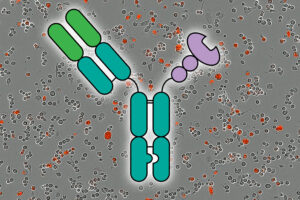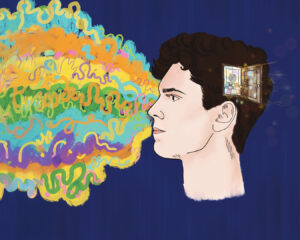
When child abuse is discussed, images of physical violence or emotional cruelty often dominate the conversation. Yet, the most prevalent form of maltreatment is far more insidious: neglect. Affecting three out of four children in substantiated abuse cases worldwide, child neglect involves the failure to provide basic necessities such as adequate food, shelter, supervision, or protection. Despite its documented long-term mental health and developmental consequences, this ‘invisible’ form of maltreatment has historically received scant scientific scrutiny.
The challenge with neglect is its subtlety. Unlike physical abuse, which may leave visible scars, neglected children often do not exhibit immediate behavioral issues, complicating the efforts of teachers, doctors, and social workers to identify those in need of intervention. Most brain research has traditionally focused on more overt forms of maltreatment, leaving a critical question unanswered: how does neglect affect the developing brain of a child?
Research Breakthrough in Understanding Neglect
Addressing this gap, a team at the Research Center for Child Mental Development at the University of Fukui, Japan, conducted a groundbreaking study using advanced neuroimaging techniques to explore the impact of neglect on children’s brain development. The study, published in Volume 15 of Scientific Reports on July 26, 2025, was led by Professor Akemi Tomoda, who provided the overall leadership that guided the research to fruition.
The researchers focused on comparing the white matter microstructure of neglected children, who had not experienced other types of maltreatment, with that of typically developing children. Utilizing diffusion tensor imaging, a technique adept at detecting subtle abnormalities, they sought to uncover how neglect affects neural communication pathways.
Key Findings and Brain Regions Affected
The study involved 21 neglected children and 106 typically developing children. Through comprehensive whole-brain analysis, significant abnormalities were identified in three critical brain regions of the neglected group. These included the right corticospinal tract, crucial for voluntary movement and motor skills; the right superior longitudinal fasciculus, integral to attention, language, and executive functions; and the left cingulum, which connects emotional and cognitive brain systems, playing a key role in emotional regulation.
“Our findings demonstrate that even in the absence of physical or emotional abuse, neglect alone can have a profound impact on brain development,” highlights Dr. Tomoda.
Notably, the changes observed in these pathways were directly linked to conduct problems and behavioral difficulties, providing objective markers that could help professionals identify children affected by neglect, even before serious behavioral or developmental problems become apparent.
Implications for Child Protection and Intervention
The implications of these findings are profound. They could reshape child protection policies and inform training programs for professionals. By understanding the interplay between neglect and its effect on behavior and the brain, targeted interventions and therapies can be designed to directly address the specific developmental challenges faced by affected children.
“In the future, the newfound brain-based indicators may be used to monitor neurodevelopment and evaluate the effectiveness of interventions, contributing to the establishment of new support models for neglected children,” concludes Dr. Tomoda.
By recognizing neglect as a significant form of adversity, this research underscores the urgent need for strengthened support systems for affected children. The study’s insights pave the way for further investigations into the effects of this form of childhood maltreatment, with the hope of ultimately leading to a better future for those who suffer from such abuse.
Looking Forward: The Path to Better Support
As the scientific community continues to explore the nuanced impacts of neglect, the potential for developing more effective support systems grows. The integration of brain-based indicators into monitoring and intervention strategies could revolutionize how child welfare services approach cases of neglect. This development represents a significant step forward in ensuring that neglected children receive the attention and care they need to thrive.
Ultimately, the work of Professor Tomoda and her team highlights the critical importance of addressing all forms of child maltreatment with equal vigor and scientific inquiry. As awareness and understanding of neglect’s hidden impacts increase, so too does the opportunity to enact meaningful change in the lives of vulnerable children worldwide.





